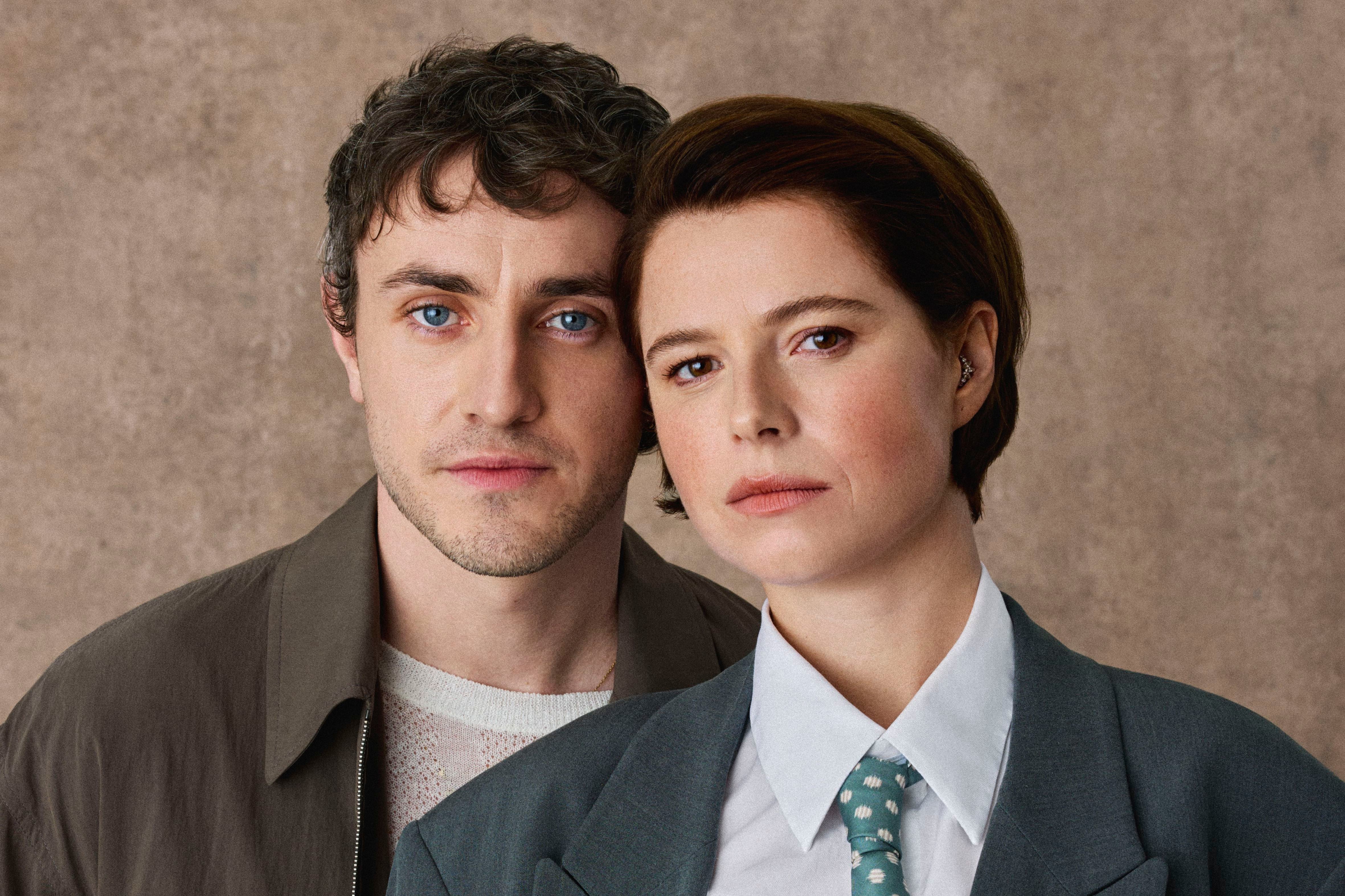My parents are from Boyle, Co Roscommon. They got married in London, and I grew up there. We moved to Carrick-on-Shannon in Co Leitrim when I was 13. After school I went back to London, but I felt very dislocated there.
I worked in a betting office. I decided to do a night class, just to try to get to know people. I saw a class about stained glass and I thought, oh that’s interesting. When I’d be sitting at Mass as a child, bored, I used to look at the windows, and I was always really curious about them.
I absolutely loved the class. Then I got very lucky one day. I went to a glass shop and there was a notice saying someone was required for a studio – “experience preferred but not necessary”. I got the job. I didn’t know anything about the stained-glass world, but it transpired that it was Chapel Studio and they were a very sought after company to work for.
The night course didn’t really have a lot of relevance to the job, except for my enthusiasm. That was the most important thing. I keep saying that to my kids: ‘Don’t worry if you don’t know things. Be enthusiastic and people will train you.’ That’s what happened to me.
READ MORE
I was 19 and all I wanted to do was work with stained glass. I think it was just the creativity. It was always the colours and the light really. Light has always been really important to me, it has literal and metaphorical resonance.
I worked in the medieval department. My very first day working was on glass from Lincoln Cathedral in England. I worked on glass from Westminster Abbey and Windsor Castle too.
You cannot get frustrated with stained glass or it will definitely go wrong
It’s only recently it’s dawned on me how useful it has been to be brought up Catholic and to understand about saints, to know their stories and what the different images mean.
When I first started, I was cleaning glass. Old glass starts to not even look like glass. It starts reverting back to sand. I persuaded my bosses to let me ‘lead up’ – that’s where the lead is cut around each piece of glass. Where pieces of lead meet, they are soldered to hold them in place.
They were reluctant, but there was a man named Steve Clare who said, ‘Let Colette have a go’. He offered to train me. Some of my very first leading-up was on windows from the Tower of London with him.
With medieval glass, it’s tricky because there are holes and bits of glass missing. There is a very sensitive way of doing it where you can’t cut the glass or touch it in any way. You have to put it back together to look exactly as it did. I absolutely loved it.
The oldest window that I worked on was from the 12th century. Despite my youth, I knew how incredibly lucky I was.
I came back to Carrick-on-Shannon in my late twenties. I always knew I wanted to come back. I set up my own studio. Now I do a mix of work: commissions, conservation and restoration.
I worked on a really interesting project with Johnstown Castle in Wexford. A stained-glass window dating from the first World War, originally from the Church of Ireland Rathaspeck Church, linked to the Johnstown Castle Estate, had been badly vandalised in the 1980s. Someone recognised that it should be saved, so it was taken out and kept in crates for 40 years.
I came to have a look at it. It was made by Earley & Co of Dublin, a very prestigious company, a contemporary of the Clarke Studios. They did amazing work.
When I first saw it, I was really daunted. Some of the inscription was missing. In conservation and restoration, you can’t just make things up. I discovered it was a piece of verse. When a soldier died, their family was sent a medal and a scroll with this text. I was able to reconstruct what had been there.
I really feel for people who haven’t found what it is they really enjoy
These were military windows, commemorating a colonel and a lieutenant, and I really didn’t have a whole lot of sympathy, but then I started reading about them. The lieutenant was 18, the same age as my son. The colonel was just 28. It really brought it home to me how awful it is that young men are being sent out to war. It became very personal then.
I worked on it for months. The window depicts a scene from the resurrection of Christ. When people vandalise, they often target the faces, which is the most difficult bit to get right.
At the unveiling at Johnstown Castle, I got to meet a relative of Earley, who originally did the window. Some of the family of the men who died were there as well. It was amazing.
I’ve got a piece now that has been selected to go into the annual exhibition at the RHA. At a residency in Germany, I had the opportunity to use some experimental techniques. The piece depicts my daughter.
Working with stained glass, you have to be hugely patient. Many people say to me, you are so easy-going, really relaxed and calm, but I think that was enforced on me because you learn – as I did when I was 19 – that you cannot get frustrated with stained glass or it will definitely go wrong.
Every day is different. I just love working with colour and with light and being creative. I’m allowed to express myself every day and I feel very privileged. I really feel for people who haven’t found what it is they really enjoy. I said to a friend the other day, I’d do it all over again.
In conversation with Joanne Hunt


















